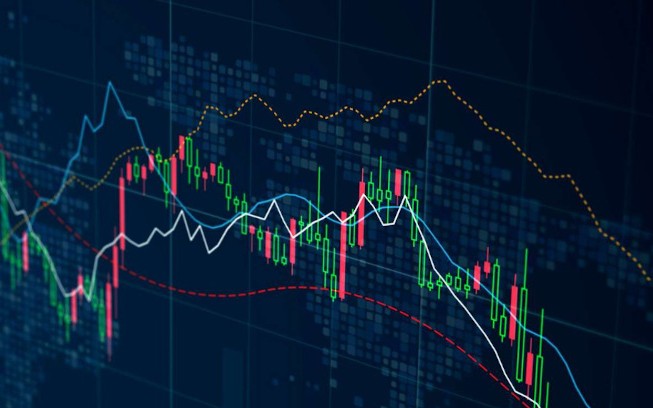
If you’re looking to enhance your trading skills, forex trading simulators are an invaluable tool. They provide a risk-free environment to practice trading strategies without financial repercussions. For more insights on trading opportunities, you can check forex trading simulator Trading Brokers in Turkey.
In the fast-paced Forex market, where millions of dollars are traded every minute, having a solid grasp of your trading strategy is crucial. Forex trading simulators mimic real market conditions and allow traders to test their strategies with virtual money. This practice not only builds confidence but also lets traders refine their skills without the threat of real losses.
What is a Forex Trading Simulator?
A forex trading simulator is a software application designed to simulate forex trading. It demonstrates how forex trading works by replicating real market conditions and offers users the ability to trade with virtual currency. Many simulators provide features such as real-time market data and charts, which help traders familiarize themselves with the trading platforms and develop their trading strategies.
Benefits of Using a Forex Trading Simulator
The use of trading simulators offers numerous benefits, especially for novice traders. Here are some advantages of incorporating a Forex trading simulator into your learning routine:
- Risk-Free Practice: Simulators eliminate the financial risk associated with live trading, allowing traders to practice freely.
- Strategy Development: Traders can test different strategies to see which ones produce the best results without the emotional stress of losing real money.
- Market Familiarization: New traders can learn how to navigate trading platforms effectively, gaining insight into various trading tools and features.
- Emotional Control: Simulators help in developing a disciplined trading mind, allowing for the practice of emotional control that’s vital in real trading.
- Performance Evaluation: Users can track their performance over time to identify strengths and weaknesses in their trading approaches.
How to Get Started with a Forex Trading Simulator

Getting started with a forex trading simulator is straightforward. Follow these simple steps to begin your simulated trading journey:
- Choose a Simulator: Research different forex simulators and select one that fits your needs—consider features such as user interface, analytics tools, and access to historical data.
- Create an Account: Register for an account on the chosen platform. Most simulators allow creating a free account for practice purposes.
- Fund Your Account: You’ll typically receive virtual money to start trading. Load it up to begin your trading session.
- Begin Trading: Start practicing. Test out different trading strategies, monitor market movements, and make trades.
- Analyze Your Performance: After trading for a while, evaluate your performance to learn from your successes and mistakes.
Popular Forex Trading Simulators
Several forex trading simulators are available, each offering unique features. Here are a few you might consider:
- MetaTrader 4 (MT4): Known for its user-friendly interface and comprehensive tools, MT4 is widely used in the forex industry. It allows users to practice trading with demo accounts.
- cTrader: Popular for its sophisticated charting tools and a clean user interface, cTrader offers demo trading capabilities that are direct and robust.
- NinjaTrader: This platform is excellent for serious traders looking for advanced analytics and market data.
- TradingView: Although known primarily for charting, TradingView has a paper trading feature that allows traders to practice their strategies.
Common Mistakes to Avoid While Using Simulators
While trading simulators are helpful, traders can make mistakes that hinder their learning process. Here are some common pitfalls to avoid:
- Treating it Like a Game: Some traders may not take the practice seriously due to the lack of financial consequences. It’s important to treat virtual trading with the same seriousness as real trading.
- Overtrading: The absence of real money can lead to reckless behavior, such as taking excessive risks. Practicing restraint is crucial.
- Failing to Analyze Results: Simply practicing is not enough. Ensure you analyze your trades to learn from both mistakes and successes.
- Ignoring the Emotional Aspect: Simulated trading can be devoid of real emotion. Ignoring this aspect can lead to difficulties when transitioning to live trading.
Conclusion
A forex trading simulator is a powerful tool for anyone looking to improve their trading skills. By understanding how to use them correctly and practicing regularly, traders can develop effective strategies and build confidence before venturing into the live market. Remember, while simulators provide a fantastic opportunity to learn, the transition to real trading requires a robust mindset and emotional control.
